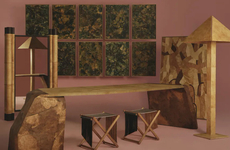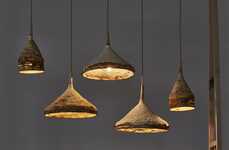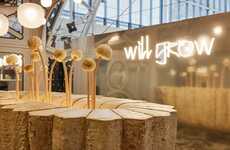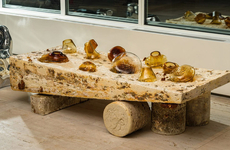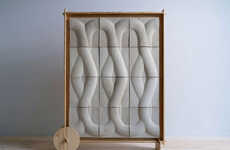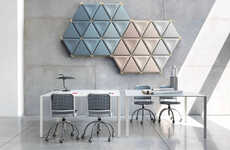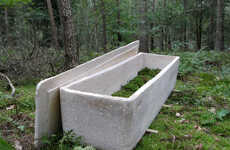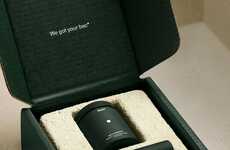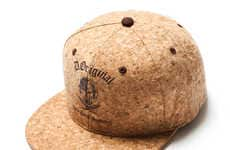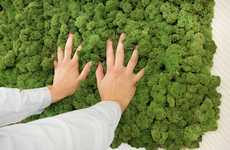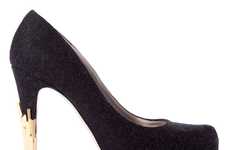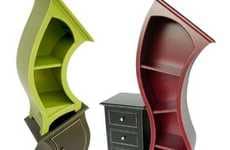
Mycotecture by Philip Ross is Organic and Eco-Friendly
Meghan Young — November 8, 2012 — Eco
References: philross.org & neatorama
Mycotecture by Philip Ross is comprised of a series of furniture created out of fungus. While some people cower at the idea of fungus, believing that it is not only gross, but unsafe to be around, the New York native knows it surrounds everyone on a daily basis. So instead of shying away from this sustainable material, he harnesses it to create a line of eco-friendly furniture.
The pieces in Mycotecture by Philip Ross are created onsite in an ultra-controlled environment. Using a mold, filtered air, gravity and pressure to achieve the shape, each piece can take as long as two weeks to grow. To achieve a virtually odor-less, cork-like material, Ross kiln-dies it. It is interesting to note that the species he uses, ganoderma, can take on almost any texture depending on how it is cultured.
The pieces in Mycotecture by Philip Ross are created onsite in an ultra-controlled environment. Using a mold, filtered air, gravity and pressure to achieve the shape, each piece can take as long as two weeks to grow. To achieve a virtually odor-less, cork-like material, Ross kiln-dies it. It is interesting to note that the species he uses, ganoderma, can take on almost any texture depending on how it is cultured.
Trend Themes
1. Fungus-formed Furniture - The trend of using fungus to create eco-friendly furniture presents disruptive innovation opportunities in the sustainable furniture industry.
2. Mycotecture - The rise of mycotecture as a design concept offers disruptive innovation opportunities in the field of architecture and construction.
3. Sustainable Materials - The increasing demand for sustainable materials, such as fungus-formed bricks, creates disruptive innovation opportunities in various industries like interior design and manufacturing.
Industry Implications
1. Sustainable Furniture - The sustainable furniture industry can explore the use of fungus-formed materials to create innovative and eco-friendly designs.
2. Architecture and Construction - The field of architecture and construction can leverage mycotecture to develop sustainable and biodegradable building materials.
3. Interior Design - Interior designers can tap into the trend of sustainable materials like fungus-formed bricks to create unique and environmentally friendly living spaces.
2.5
Score
Popularity
Activity
Freshness

